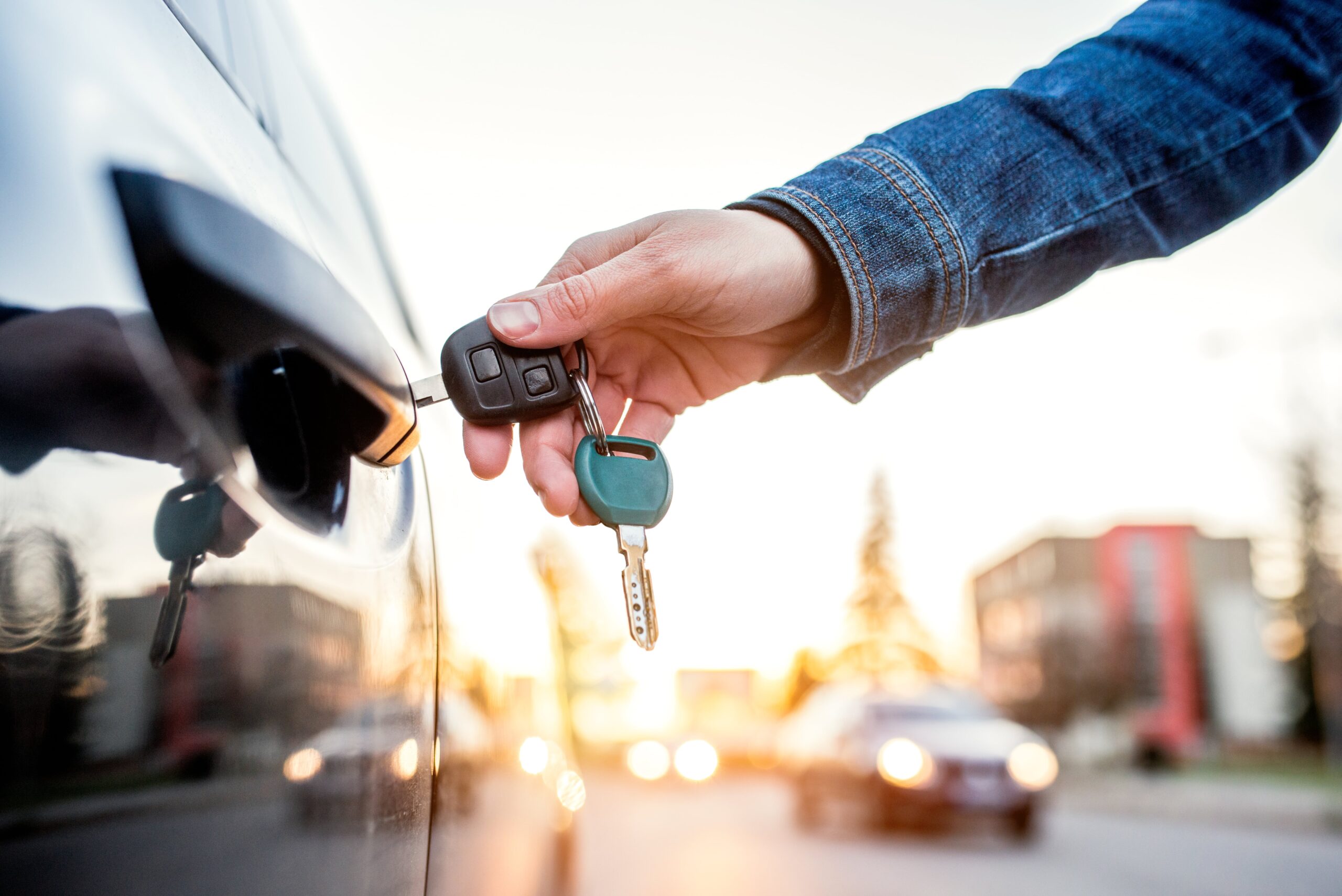Ignition Barrel Repair: A Comprehensive Guide
An ignition barrel is a vital part of any lorry's ignition system. It is the part of the ignition lock that houses the key cylinder, which engages with the lorry's electrical system to start the engine. Over time, wear and tear, along with ecological elements, can lead to issues with the ignition barrel. This short article will dig into ignition barrel repair, resolving common issues, repair treatments, and valuable tips to ensure a smooth procedure.
Comprehending the Ignition Barrel
The ignition barrel is typically described as the ignition switch or ignition lock. Located on the steering column or dashboard, it is the part where the key is inserted. It has several functions, including:
- Activating the electrical system: When the key is turned, it links the battery to the ignition system.
- Beginning the engine: It allows the starter motor to crank the engine.
- Making it possible for accessory power: It allows the use of electrical elements when the ignition is in the 'ACC' position.
Because of these vital functions, any breakdown in the ignition barrel can render a lorry unusable.
Typical Issues with Ignition Barrels
Numerous issues can emerge with ignition barrels, resulting in the need for repair. A few of the most prevalent concerns consist of:
- Key getting stuck: This is frequently caused by internal wear or misalignment within the ignition barrel.
- Problem turning the key: Dirt and debris build-up or damaged elements can hinder key function.
- Electrical failure: A malfunctioning ignition barrel can stop electrical parts from getting power.
- No reaction when the key is turned: This might show an unsuccessful ignition switch or a damaged connection.
Actions for Repairing Ignition Barrels
Fixing an ignition barrel requires a systematic method to make sure security and proper performance. Below are the steps to follow:
Tools and Materials Needed
Before beginning the repair procedure, collect the following tools and materials:
- Flathead and Phillips screwdrivers
- Replacement ignition barrel (if required)
- Lubricant
- Wrench set
- Electrical contact cleaner
- Adhesive or sealant (if needed)
- Safety safety glasses and gloves
Repair Procedure
Preparation:
- Disconnect the lorry's battery to prevent electrical shock or unintentional ignition throughout repairs.
Getting Rid Of the Steering Wheel (if essential):
- Some automobiles might require elimination of the guiding wheel to access the ignition barrel.
- Use a socket set to eliminate the guiding wheel nut and carefully detach the wheel.
Eliminate the Ignition Column Cover:
- Use the appropriate screwdriver to get rid of screws securing the guiding column cover and carefully pry it away.
Gain Access To the Ignition Barrel:
- Locate the ignition barrel, which is typically kept in place by bolts or screws.
- Eliminate any protective covers if needed.
Examine the Ignition Barrel:
- Examine the cylinder and internal elements for wear, particles, or damage.
- Look for any damaged connections that might need repair.
Cleaning up and Lubrication:
- Use electrical contact cleaner to remove dirt and gunk from the ignition barrel.
- Apply a percentage of lube to the moving parts to ensure smooth operation.
Replace the Ignition Barrel (if required):
- If the barrel is considerably damaged, it might be best to replace it.
- Remove the harmed ignition barrel, bearing in mind of the electrical wiring connections.
- Install the new ignition barrel by connecting the wires and protecting it in location.
Reassemble the Steering Column:
- Replace any covers or parts that were eliminated, making sure all screws are tightened effectively.
- Reattach the steering wheel if it was gotten rid of.
Reconnect the Battery:
- Once whatever is firmly reassembled, reconnect the automobile's battery.
- Testing:
- Test the ignition barrel by placing the key and attempting to start the lorry.
- Ensure all functions work correctly, consisting of accessory power and beginning.
Upkeep Tips for Ignition Barrels
Preventive maintenance can help extend the life of an ignition barrel:
- Regular Cleaning: Periodically tidy the ignition barrel to eliminate debris and avoid sticking.
- Use Quality Keys: Avoid using bent or used keys, as this can worry the ignition barrel.
- Limit Excess Force: Do not require the key if it gets stuck; this might trigger internal damage.
- Professional Inspection: Have the ignition barrel inspected throughout routine maintenance checks.
Frequently Asked Questions about Ignition Barrel Repair
1. How do I understand if my ignition barrel requires repair?
- If you experience trouble starting your automobile, the key gets stuck, or there is no power to the ignition system, it may be time for a repair.
2. Can I repair an ignition barrel myself?
- Numerous repairs can be done at home with fundamental tools, but if you are unsure, it may be best to consult a professional.
3. How much does ignition barrel repair cost?
- Costs differ based on the car make and model, and whether parts need to be replaced. Basic repairs may cost between ₤ 100 to ₤ 300, while replacing the ignition barrel can run higher.
4. What are the risks of not repairing a malfunctioning ignition barrel?
- Neglecting ignition barrel concerns can cause being stranded, prospective lockouts, and even electrical failures that can affect other car systems.
5. How long does an ignition barrel repair take?
- Repairs can normally be completed in one to 2 hours, depending upon the intricacy of the issue and accessibility of the barrel.
Fixing an ignition barrel is a crucial upkeep task that guarantees the dependable efficiency of an automobile. By comprehending the common problems connected with ignition barrels and following a systematic repair procedure, car owners can keep their lorries better and prevent further issues. Ignition Repairs and prompt attention to ignition barrel problems can make an essential distinction in ensuring a smooth and undisturbed driving experience.

